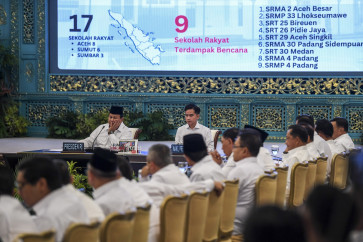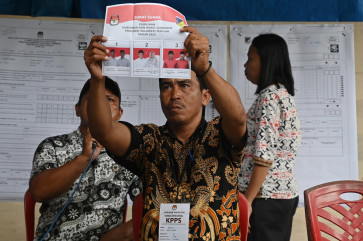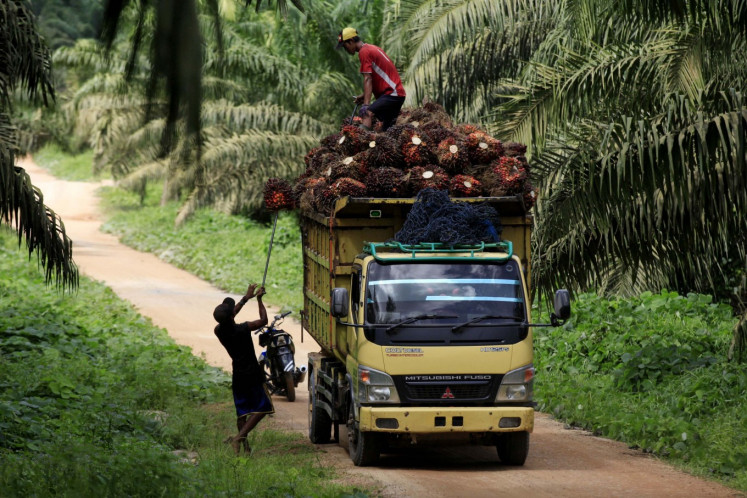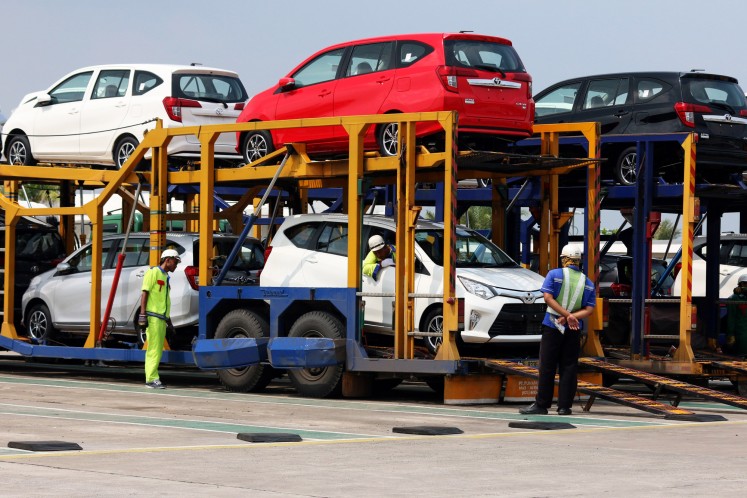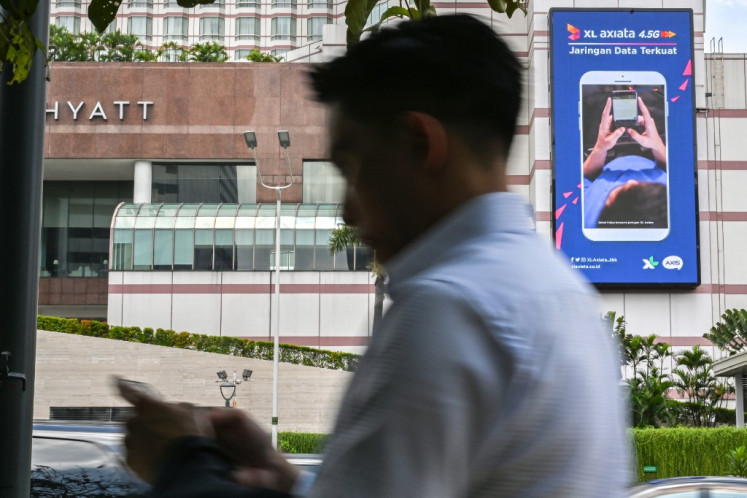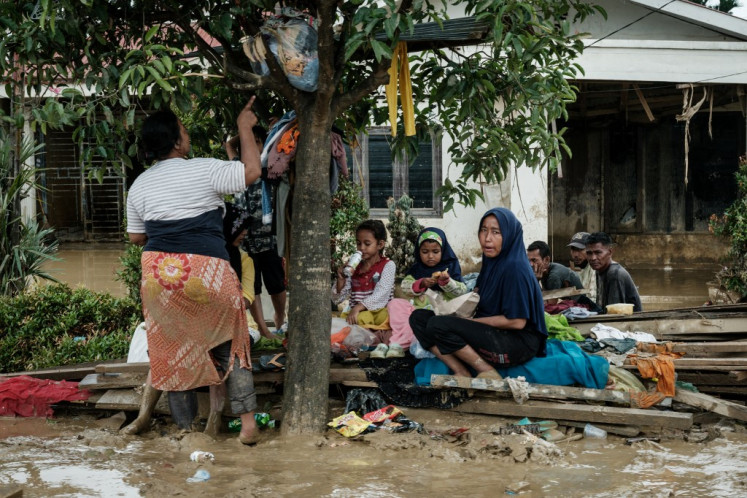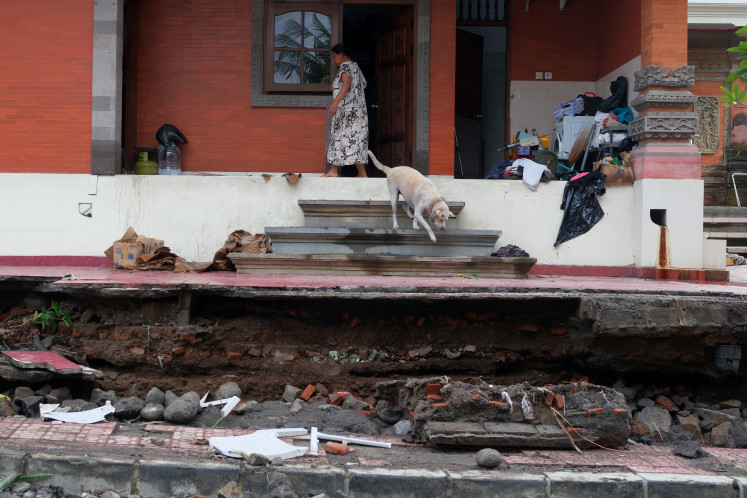Popular Reads
Top Results
Can't find what you're looking for?
View all search resultsPopular Reads
Top Results
Can't find what you're looking for?
View all search resultsOctober sees more quakes in Bali, NTB
A senior official with the Denpasar-based Region III Meteorology and Geophysics Agency (BMG) says more quakes had jolted Bali and West Nusa Tenggara (NTB) in October than in the previous month
Change text size
Gift Premium Articles
to Anyone
A senior official with the Denpasar-based Region III Meteorology and Geophysics Agency (BMG) says more quakes had jolted Bali and West Nusa Tenggara (NTB) in October than in the previous month.
"We recorded 391 quakes in October. There were only 224 in September," said Sutrisno, head of the agency's data and information division.
Speaking from the sidelines of a meeting on a tsunami early warning system at the governor's office Wednesday, Sutrisno said that of the 391 quakes, 110 had occurred in Bali and the other 281 in NTB.
The magnitudes varied between less than three and greater than five on the Richter scale.
On the average the two provinces experienced six quakes per day in October, Sutrisno said.
"But many of them were not felt by anyone because either the magnitudes were too small or the epicenters were far from the mainland."
The high frequency of earthquakes in Bali and NTB, according to him, was caused by the fact that both regions were flanked by two quake generators: Offshore tectonic plates north and south of them.
"The high earthquake frequency increases the probability of a tsunami," he added.
In October, Bali had a total of 14 quakes with the potential to trigger a tsunami.
"Our researches show that an earthquake over seven in magnitude in Bali and NTB could create a tsunami," Sutrisno said.
Gde Sudiarta, representative of GTZ (Gesellschaft fur Technische Zusammenarbeit or German Technical Cooperation) that is assisting the Indonesian government in establishing a tsunami early warning system, said 12 villages in Bali had been identified as vulnerable to tsunamis.
The villages include Sanur, Kuta, Seminyak, Nusa Dua, Kedonganan and Tanjung Benoa. They lie along Bali's southern coastal line which also hosts a majority of the island's tourist facilities.
Early warning systems, he said, must be provided there especially because the people have such a low awareness of tsunamis.
"The facilities will significantly lower the adverse impacts of a possible tsunami," Sudiarta said.
So far the government has constructed six tsunami warning towers at Nusa Dua, Seminyak, Kuta, Kedonganan, Tanjung Benoa and Sanur.
In the event of a tsunami, the sirens on the towers will generate a loud warning sound 20 minutes before a high wave would hit the beach.
Similar towers have also been constructed in Padang, West Sumatra, and Aceh, which in 2004 was leveled by a devastating tsunami that killed more than 200,000 people and displaced more than 1.7 million people in 12 countries following an earthquake with a magnitude of 9.15.
The government will carry out a nation-wide tsunami drill to field-test the early warning system on Nov. 11.


